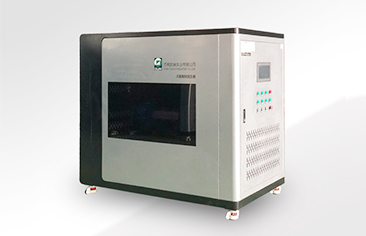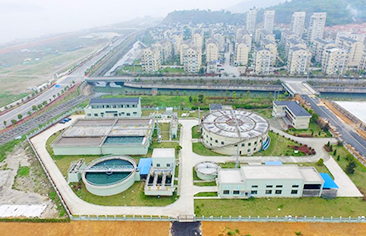Sodium hypochlorite generator manufacturer, Orui Industrial Co., Ltd., whose products are widely sold all over the country, are suitable for pesticides, medicine, chemical industry, electrical engineering, electroplating and other industries, and are well received by users. The company can continuously optimize its products according to market demand, so that the company can continue to expand and develop in the fierce market competition. For many years, the company has been operating on the basis of honesty, scientific management, and the tenet of "hard work for development and hard work for survival".
The application of sodium hypochlorite in banana open tissue culture. The key to plant open tissue culture technology is to find effective antibacterial agents. Currently, antibiotics, pesticides, household disinfectants, plant extracts, food additives, etc. are used as antibacterial agents. The researches are all right, but there are no reports on the use of sodium hypochlorite as a bacteriostatic agent in China. There are only reports of the use of sodium hypochlorite in open groups of several ornamental plants abroad. Sodium hypochlorite is one of the most commonly used chlorine-containing disinfectants. It has a broad bactericidal spectrum, rapid action, low toxicity, and low price. It also has strong killing ability against viruses, bacteria, fungi and spores. According to the literature, sodium hypochlorite can be used as a bacteriostatic agent for banana open culture, and the best concentration is between 0.01% and 0.02%.
The first choice for high-quality sodium hypochlorite. The sodium hypochlorite products produced by Ou Rui have passed quality, environment, occupational health and safety; the company has strong strength, respects credit, abides by contracts, guarantees product quality, has its own set of operating characteristics and the principle of small profits but quick turnover, and has won The trust of our customers. You are welcome to visit and hope that we can cooperate happily and harmoniously. Sodium hypochlorite is mainly used in bleaching, industrial wastewater treatment, papermaking, textiles, pharmaceuticals, fine chemicals, sanitation and disinfection and many other fields, specifically: 1. Used in pulp, textiles (such as cloth, Towels, sweatshirts, etc.), chemical fiber and starch bleaching; 2. Used as a bleaching agent for grease in the soap industry; 3. Used in the chemical industry to produce hydrazine hydrate, monochloramine, and dichloramine; 4. Used in the manufacture of cobalt, Nickel chlorinating agent; 5. Used as water purifier, bactericide, and disinfectant in water treatment; 6. Used in dye industry to make sulphur sapphire blue; 7. Used in organic industry to make chloropicrin, calcium carbide hydrate to clean acetylene 8. Agriculture and animal husbandry are used as disinfectants and deodorants for vegetables, fruits, farms and livestock houses; 9. Food grade sodium hypochlorite is used for disinfection of drinking water, fruits and vegetables, and food manufacturing equipment and utensils Disinfection.
For the application of sodium hypochlorite disinfectant in air disinfection, hospitals are a place where various patients are treated in clusters, and also a place where pathogenic microorganisms inhabit and multiply and infected people are concentrated. A large number of pathogenic microorganisms in the air can invade the body with dust and droplets through the respiratory tract, skin, mucous membrane, etc. This is an important cause of nosocomial infection. Sodium hypochlorite disinfectant spray is used to disinfect outpatient clinics, wards and various clinics and treatment rooms. Since 1996, sodium hypochlorite disinfectant has been tried for air spray disinfection. After disinfection, the bacterial content in the air reached the required standard, so effective air disinfection can reduce the incidence of cross-infection in the hospital. Sodium hypochlorite disinfectant is a kind of effective chlorine and surfactant, which has a strong killing effect on the increase of bacteria, spores, viruses, and tuberculosis.













